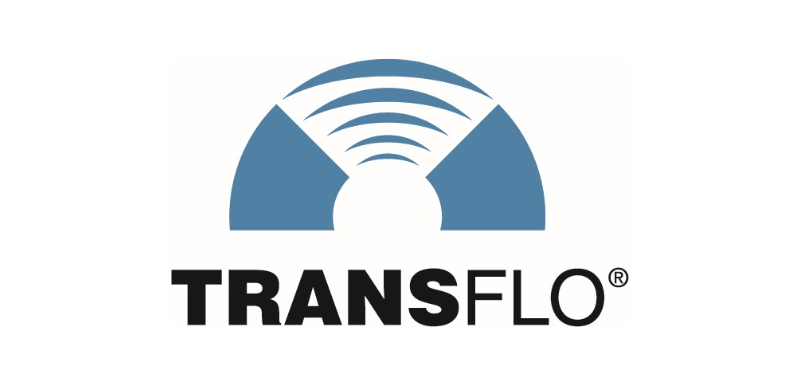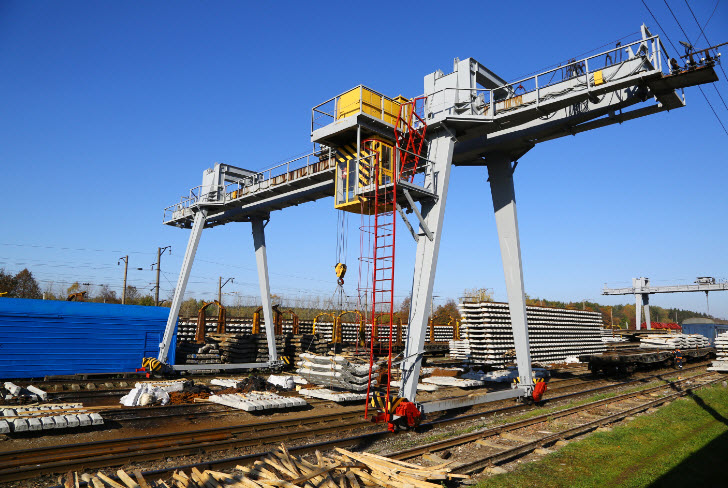Transloading is the process of moving a product from one mode of transportation to another. This process is utilized across the entire transportation industry, and transloading takes many forms – rail to truck, rail to barge, vice-versa, and so on. Demand for transloading services is driven by shippers needing to move product. Combining multiple methods of transportation offers shippers cost savings, flexibility, and the opportunity to expand business and market reach. Additionally, different commodities require different methods of shipping, from the type of equipment moving the product to the regulations regarding safe handling. Effective transloading keeps the supply chain moving, however, transloading can often involve warehousing. Efficiency in transferring product from one mode of transportation to another is especially important for products that have a limited shelf life, such as produce, or complicated supply chains.
The purpose of transloading is to transfer product as efficiently as possible in order to meet the demand for all manner of goods – coal, grain, consumer products, and more. Most domestically-shipped products and all internationally-shipped products will involve some form of transloading at some point before reaching their final destinations. There are many reasons a product would need to be transloaded. Consider an automobile manufactured in Ohio that is destined for a dealership in Colorado. The brand new vehicle will not be driven to the dealership, rather it will likely be shipped via rail flat car, loaded onto a haul-away truck, and finally arrive at the dealership. The combination of rail and trucking is optimal in this situation because rail offers long-haul economics while trucking provides the short-haul flexibility that rail cannot. Rail is more economical when shipping long distances because a single railcar can move up to four times the amount of product a single truck can move. Another reason a product would require transloading services is if the product has an international destination. In this scenario, product may be moved from its point of origin via truck to a port where it will continue its journey by freight liner.

